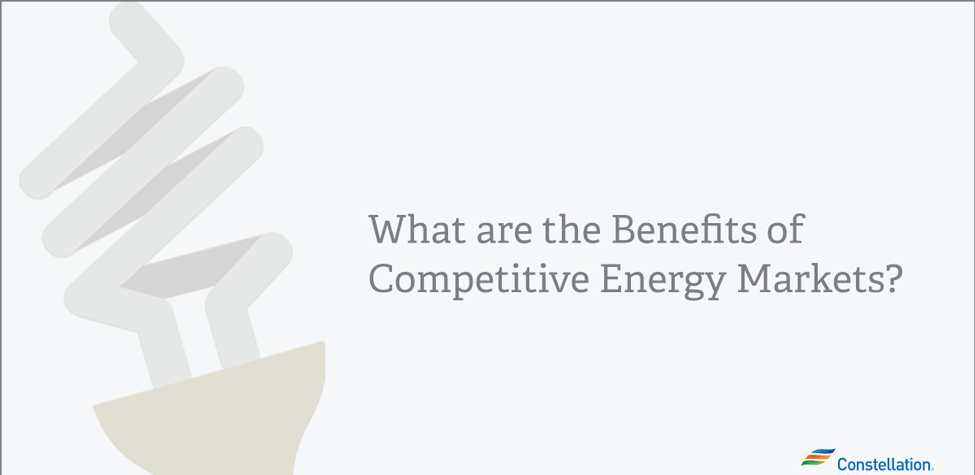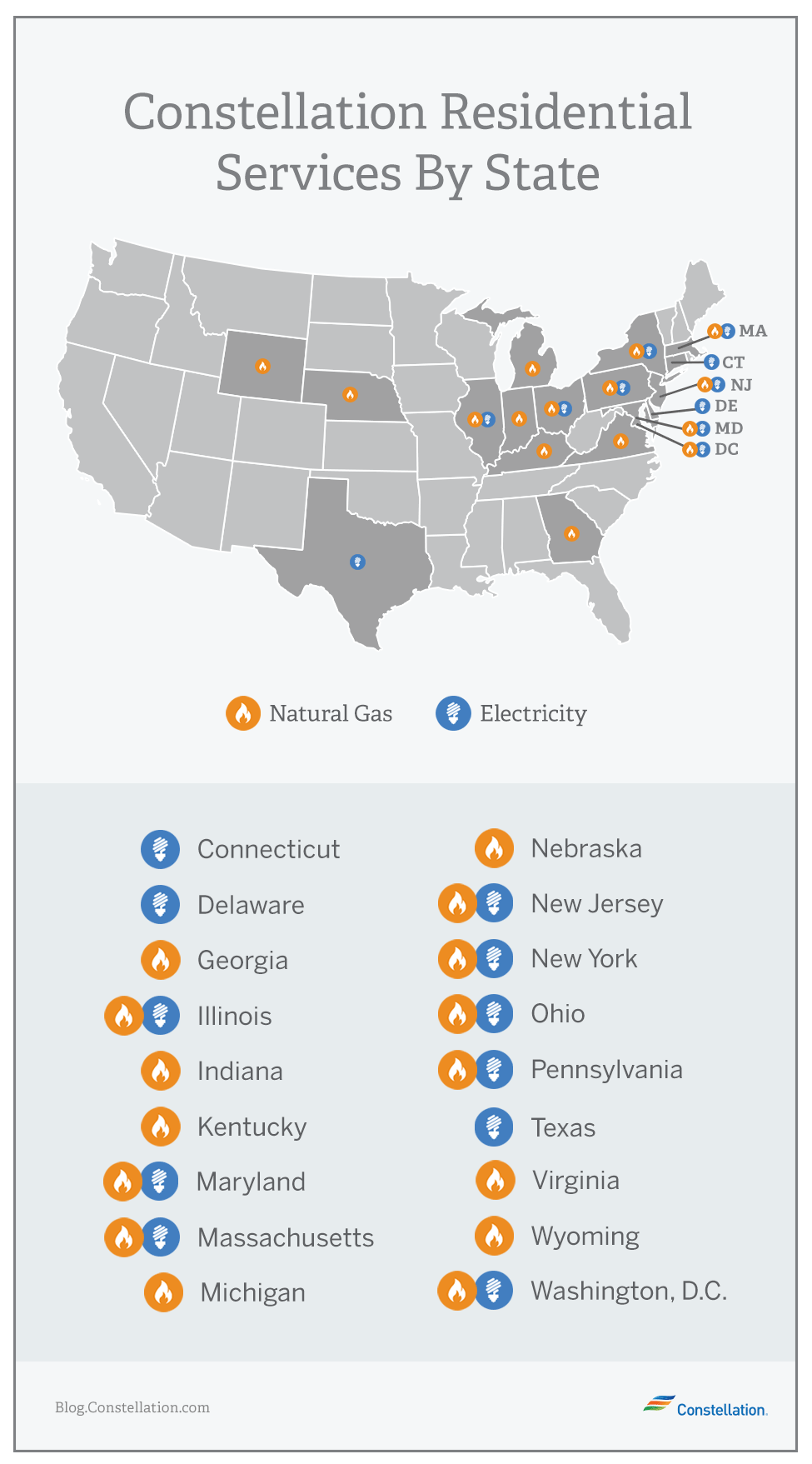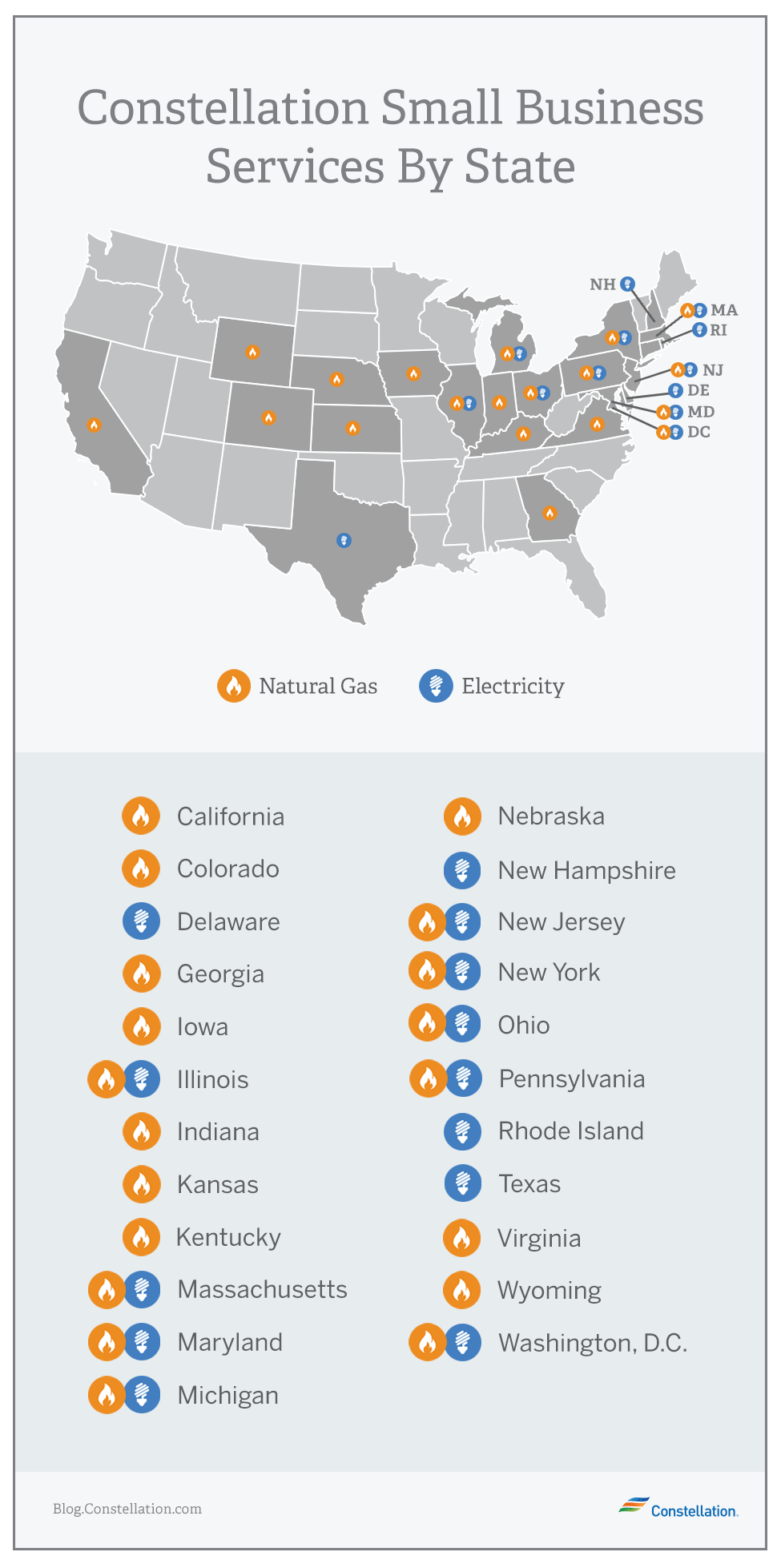
- Category:
Energy Choice -
Last updated:
February 22, 2022
What are the Benefits of Competitive Energy Markets?
So much of life can seem out of our control. Our taxes go up. The price of food increases. At times, life can seem like a series of events that just happens to us.
The good news is that this is changing in at least one area that affects our lives on a daily basis: energy. Over half the states in the U.S. offer customers the option to shop for electricity or natural gas, and in a few instances, both. Through retail energy companies, we can select, if we live in a power-to-choose state, the kind of power we want and the company from which we want to purchase the power. Thanks to energy choice, taking control of your energy supplier is just a phone call or click away.
The potential benefits of energy choice
The question, of course, is what does energy choice mean for the consumer? How do competitive energy markets work?
Competitive energy markets operate essentially the same, whether a state has only electricity choice, only natural gas choice, or both. Utilities provide the transmission and support if a power outage occurs. They own and operate the wires and pipes that distribute electricity or natural gas, and pass on whatever transmission and distribution charges are set by regulators to the consumer. The utilities also meter energy usage and take care of billing in many service areas (not in Texas, however, where you are billed by the energy supplier, instead).
Retail energy providers offer customers supply plans that allow them to choose the best combination of price, rate protection, and renewable energy options to meet their needs. They also provide customer service to help you choose the plan that’s right for you and answer any questions you might have.
Here are some potential benefits to energy choice:
- Savings. Competitive energy markets offer consumers real opportunities for savings. From 1997-2015, consumers in states with retail competition saw their electricity rates decline by 4.8% while ratepayers in states without competition saw their rates increase by 82% adjusted for inflation, according to the Energy Information Administration.
- Budget certainty. Shopping for energy supply does not always guarantee the lowest rate, but by locking in a fixed rate with a supplier, customers can avoid future price volatility and better budget their energy costs. Many retail energy companies offer multiple fixed-rate plans, in which customers can lock in certain energy rates for set periods of time. For residential customers, choosing a fixed-rate contract is one of the best ways to provide peace of mind.
- Clean energy options. As increasing numbers of consumers seek green or clean energy sources, retail energy companies that want to remain competitive are increasing their green offerings to consumers. This gives consumers more options for meeting their sustainability and environmental goals.
- Control. Bottom line — having a choice puts the consumer in the driver’s seat. Who doesn’t want to be there?


A very short history of the competitive power market
How did we get here? While a few variations exist between competitive natural gas and electricity markets, the beginnings are essentially the same. The roots lie in the early 20th century when Congress created the Federal Power Commission. While originally created in 1920 to monitor hydroelectric projects under federal control, the commission ultimately expanded over time through several new laws. These new laws gave the FPC oversight of electricity and natural gas.
By the 1960s and ‘70s, the structure wasn’t working particularly well. Brownouts were common and the OPEC oil embargo in the ‘70s created a serious energy crisis that affected both oil and natural gas. As a result, Congress reorganized the FPC in 1977 into the Federal Energy Regulatory Commission (FERC), which began to oversee some changes in the natural gas market.
These changes, in turn, helped set the scene for an overall competitive energy market and the creation of retail energy companies. Beginning in 1978, FERC created various rules for the gradual introduction of competition. The natural gas market went first, followed by competitive electricity in the 1990s.
Today, the U.S. has a thriving competitive power market, with competitive energy companies operating in most of the states.
Want to learn more? Get more information about how to switch energy providers. Learn more about how Constellation can serve you in your market or for your business.




